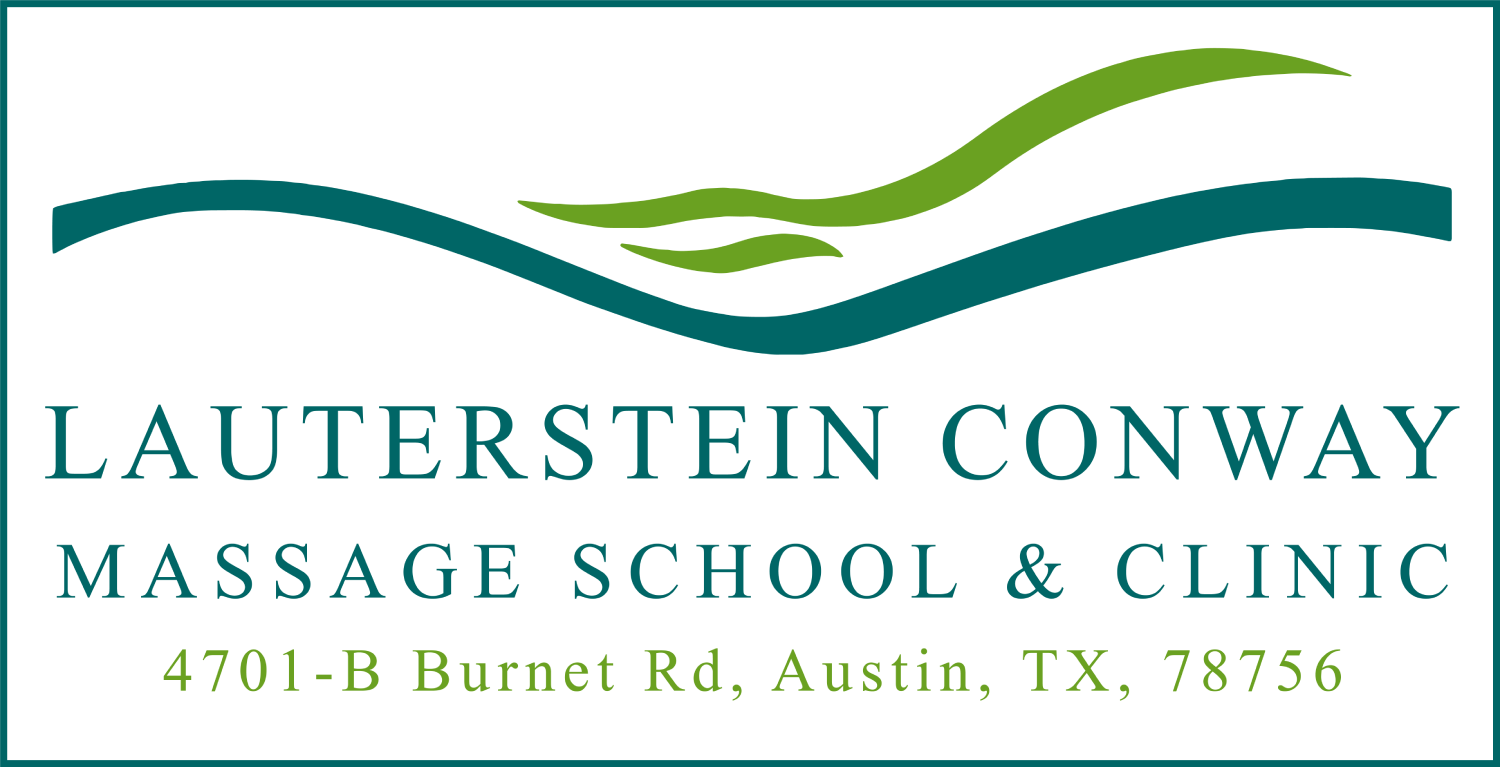Clients often reveal that the most intense areas discovered during the session are exactly that: unearthed, previously unknown tension and pain. Around this pain and because of it, compensatory movements and postures can grow. These very pragmatic structural and energetic arrangements are temporary adaptations, but can linger long after they have served their purpose, obscuring the initial cause. Compensations can become convoluted over time; intricate knots of, well, knots. Deep massage is my modality of choice in these situations.
Deep massage is a conversation with a client’s nervous system, with each step directed by working signs. Using the steps of the fulcrum, each touch is clear and safe; inviting the client to self-exploration. Deep massage doesn’t prejudge and impose; it listens and invites. The client, rather than bracing against a foreign force, listens to what they themselves are doing. Sometimes they share their discoveries, and it is humbling to understand our role in the process when they do.
Massage as an Introduction to Oneself
I’ll recall the following session as an example. My client booked a session through the hotel to help her recover from hours on a plane. She was in her thirties, fit, sharp. Her head position was beautifully neutral, a product of attention and yoga. The session proceeded unremarkably, a mixture of circulatory modalities with the occasional fulcrum into areas that were holding onto tension. She remained silent throughout the session until I placed a fulcrum into pectoralis major. She said, “I’m thinking of my brother.” She took a deep breath, then said, “He died in Iraq last year. This is the first time I have been able to think of him without breaking down.” She was not overwhelmed by emotion; she was releasing the tension around her heart. She was able to look beyond what I was doing, to discover what she was doing.
We serve our clients best when we introduce them to themselves.

